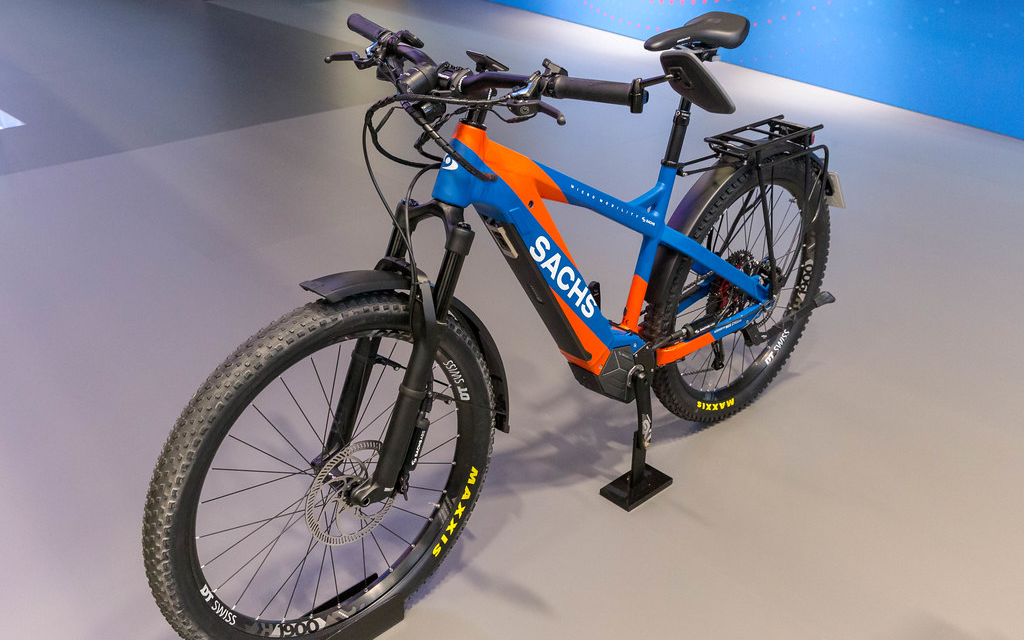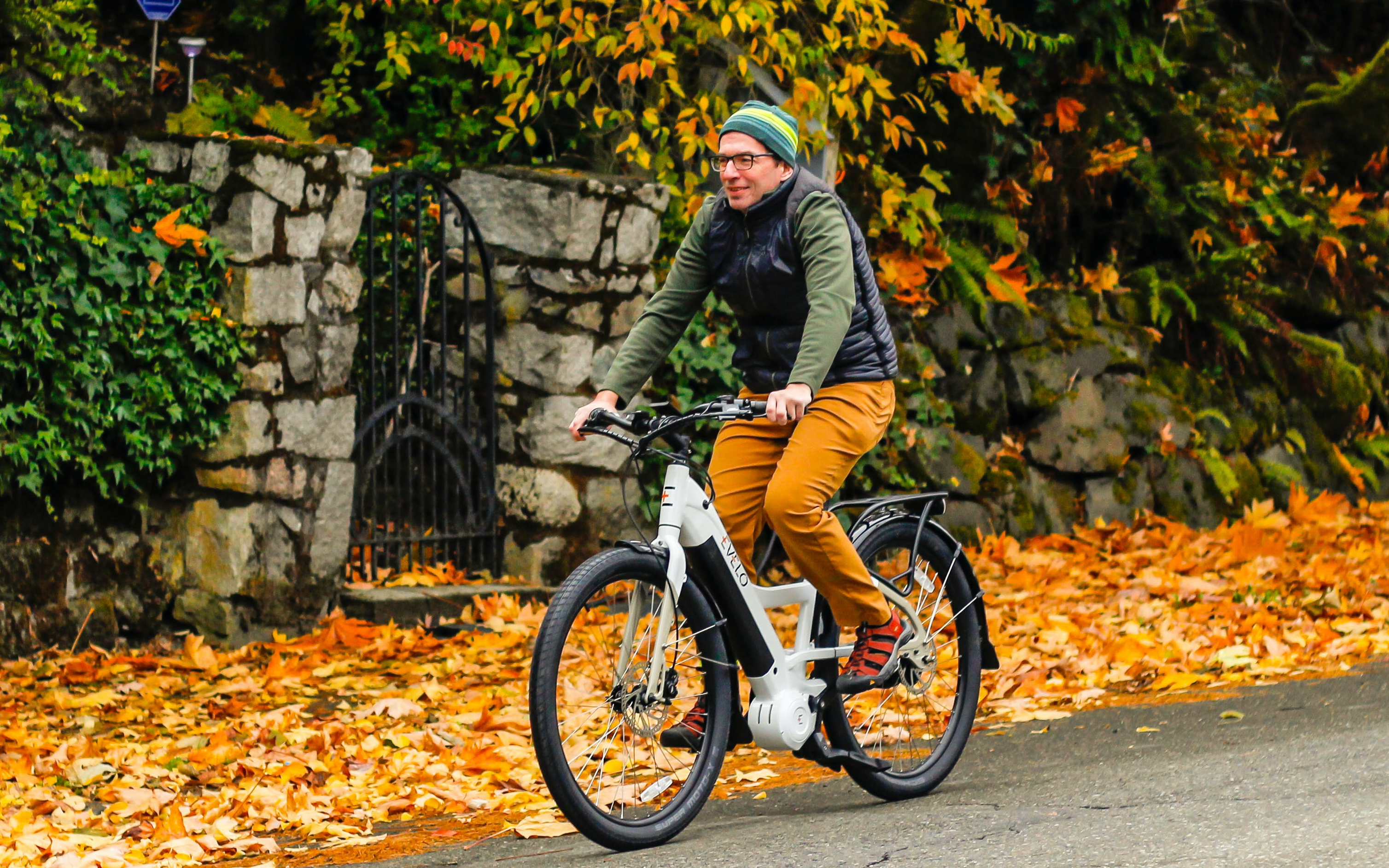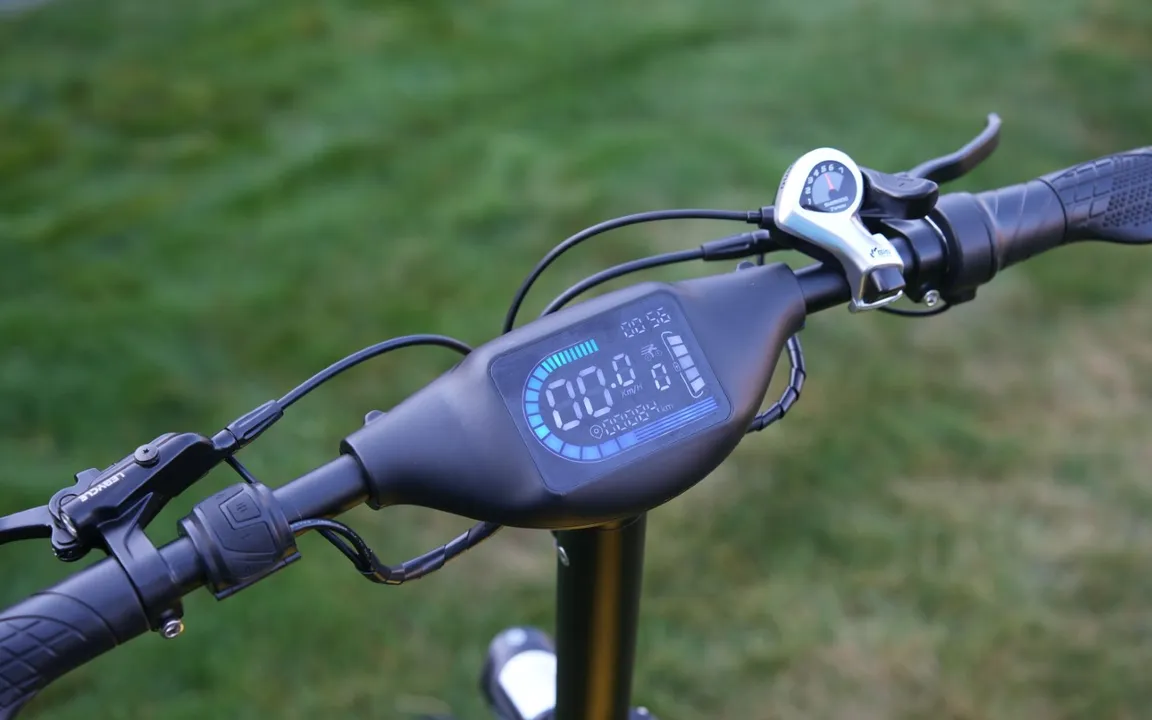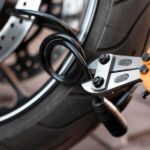Have you ever wondered what is an e bike and why it is becoming so popular? E-bikes, or electric bikes, are bikes that have an electric motor to help you pedal or control the speed.
These bikes are a great way to enjoy cycling without getting too tired or sweaty, especially if you have to deal with hills, headwinds, or long distances. E-bikes are also a smart choice for the environment, health, and transportation, as they can reduce your carbon footprint, improve your fitness, and save you time and money.
In this blog post, we will explore the concept and benefits of e-bikes. Whether you are a beginner or an expert cyclist, an e-bike can offer you a new and exciting experience.
What Is an E Bike and How Does it Work?
An e-bike, also known as an electric bike or electric bicycle, is a bike that has an electric motor to assist the rider with pedaling or provide a throttle to control the speed. E-bikes are popular for commuting, recreation, and fitness, as they can make cycling easier and more enjoyable.

E-bicycles come in different types and styles, depending on the level of assistance, battery capacity, and design. Some e-bikes are classified as bicycles, while others are considered mopeds or motorcycles, depending on the local laws and regulations.
E-bikes are a great way to explore new places, save money on fuel, and reduce your environmental impact.
Electric Motor
It is the part that converts electrical energy into mechanical energy. Hub motors and mid-drive motors are the two main types of electric motors. Hub motors are located in the wheel hubs and they directly drive the wheels.

Mid-drive motors are located near the pedals and they drive the chain or belt. Hub motors are simpler and cheaper, but mid-drive motors are more efficient and powerful.
Battery
The component that stores and supplies electrical energy to the motor. There are different types of batteries, such as lithium-ion and nickel-metal hydride. Lithium-ion batteries are lighter and have longer life spans, but they are more expensive and sensitive to temperature.
Nickel-metal hydride batteries are heavier and have shorter life spans, but they are cheaper and more stable. The range and charging time of the battery depend on its capacity, voltage, and current.
Controller
It is the part that regulates the power and speed of the motor. It also communicates with the pedal assist system and the display. The controller can have different modes and settings that allow the rider to adjust the level of assistance and the maximum speed.

The controller affects the riding experience by influencing the responsiveness, smoothness, and efficiency of the e-bike.
Pedal Assist System
This system senses the pedaling force and speed of the rider and sends signals to the controller. The pedal assist system enables the motor to provide assistance only when the rider is pedaling and to vary the amount of assistance according to the rider’s input.
The pedal assist system is important in e-bike riding because it makes the ride more natural, comfortable, and safe.
What Types of E-Bikes Are Available?
There are different types of e-bicycles available, depending on the purpose and preference of the rider.
Commuter e-bikes are designed for everyday use, such as going to work, school, or shopping. They have features and benefits such as comfortable seats, lights, fenders, racks, and locks. They are ideal for users who want to save money, time, and energy while traveling in urban areas.

Mountain e-bikes are made for off-road riding, such as on trails, hills, or mountains. They have off-road capabilities such as suspension, tires, brakes, and gears. These are popular among adventure enthusiasts who want to explore nature, challenge themselves, and have fun.
Folding e-bikes are built for portability and storage. They can be folded and carried easily, such as on public transport, in cars, or apartments. These are convenient for urban commuting, especially for users who have limited space or need to combine different modes of transport.
What to Consider When Choosing an E-Bike?
Choosing an e-bike can be a daunting task, as there are many factors to consider before making a purchase. Following are some of the most important factors:
Budget: Establish a realistic budget aligning with your expectations, considering potential discounts, financing, or second-hand options.

Purpose & Intended Use: Determine the e-bike’s intended purpose, whether it be commuting, fitness, leisure, or off-road adventures, and choose a model accordingly. For rough terrains, opt for a mountain e-bike equipped with suspension and fat tires.
Motor & Battery Specifications: Assess motor power and battery specifications, focusing on performance, speed, range, capacity, charging time, and lifespan that align with your preferences and habits.
Frame & Design: Prioritize comfort, durability, and aesthetics when evaluating frame and design. Select a frame size that suits your body and is crafted from sturdy yet lightweight materials. Consider the color, shape, and features that resonate with your personality for a well-rounded decision-making process.
What Are the Benefits of an Electric Bike?
Electric bicycles are not only fun and convenient, but they also offer many benefits for the environment, health, and transportation. By using an electric bike, you can reduce your carbon footprint and contribute to sustainable transportation, as e-bicycles emit much less greenhouse gases than cars or motorcycles.

You can also improve your health and fitness by riding an electric bike, as it encourages physical activity and allows you to adjust the level of assistance according to your needs and preferences.
Moreover, you can enjoy faster commute times and cost savings by using an electric bike, as e-bikes can avoid traffic congestion and parking fees, and have lower maintenance and fuel costs than other transportation modes.
Electric bicycles are a great way to get around, whether you are looking for a leisurely ride, a daily commute, or a fitness challenge.
How Is an Electric Bike Different from a Conventional Bike?
An electric bike is a bicycle that has an electric motor and a battery. The motor provides extra power to the pedals, making it easier to ride uphill, against the wind, or with heavy loads. The battery can be recharged from a regular outlet or a solar panel.

A conventional bike, on the other hand, relies only on human power and does not have any electrical components. Electric bikes have many advantages over conventional bikes, such as faster speed, longer range, and lower environmental impact. Electric bicycles are also more fun and comfortable to ride.
Safety Tips for E-Bike Riders
E-bicycles are fun and convenient, but they also require safety precautions. You should wear a helmet that fits well and meets the safety standards to protect your head from injuries.

Moreover, you should also follow the traffic rules, such as obeying the signs, signals, and laws, riding on the right side, using hand signals, and respecting other road users. Make sure to check your e-bike regularly, such as the brakes, tires, lights, and battery, and make sure everything is working properly.
You should also be aware of your surroundings and avoid potential hazards and distractions. Ride defensively and anticipate possible scenarios.
Do I Need a License to Ride One?
The use of electric bikes as a transportation method is becoming more popular as it is convenient and eco-friendly. But do you need a license to ride one? The answer depends on where you live and what kind of electric bike you have.

In general, there are two types of electric bikes: pedal-assist and throttle. Pedal-assist bikes only provide electric power when you pedal, while throttle bicycles can run on electric power alone.
Some countries and states require a license, registration, and insurance for throttle bikes, but not for pedal-assist bikes. Others have no such requirements for either type. Therefore, it is important to check the local laws before you buy or ride an electric bike.
Conclusion
An e-bike is a bicycle that has an electric motor to assist the rider. E-bikes can offer many benefits, such as saving time, money, and energy, reducing pollution and traffic, and improving health and fitness.
E-bicycles are also fun and easy to ride and can suit different needs and preferences. Now you know what is an e bike, so why not give them a try? You might discover a new way of enjoying cycling and exploring your surroundings.
Feel free to share your e-bike experiences or ask any questions in the comments below. Thank you for reading this article!
FAQs
Yes, most e-bicycles are designed to withstand wet conditions, but avoid submerging the motor or battery.
The average weight of an e-bike ranges from 35 to 65 pounds, depending on the type, features, and materials used in construction.
E-bicycles have different classes that limit their speed. Class 1 and 2 can go up to 20 mph, while Class 3 can go up to 28 mph.
E-bicycles are expensive, heavy, complex, require more maintenance, have long charge times, short range, and need electricity.



